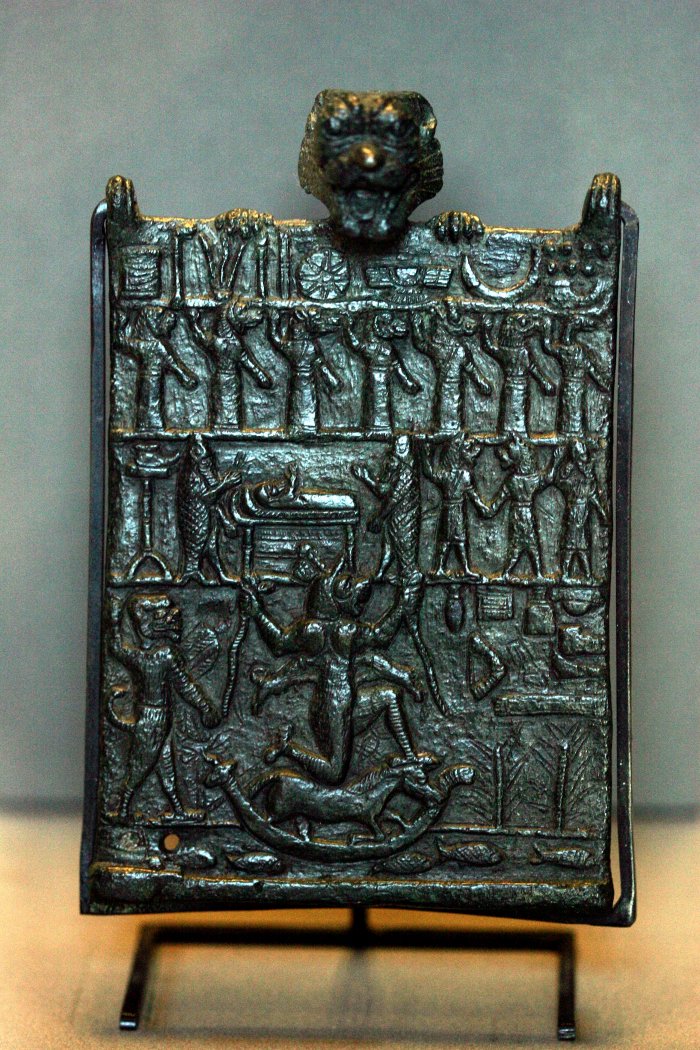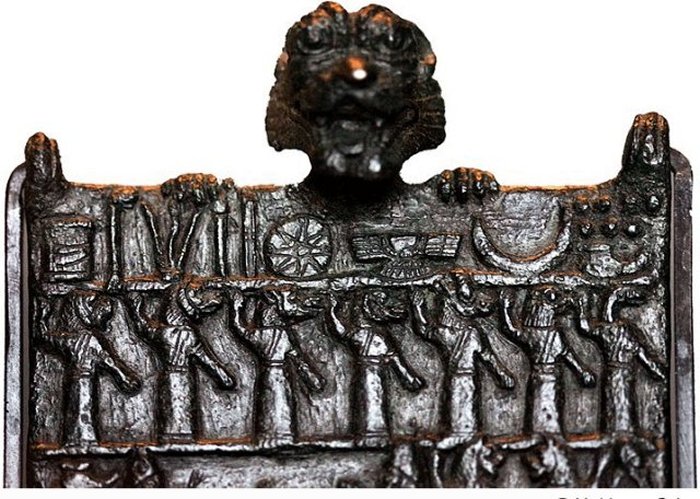Lamashtu Plaque: Assyrian Healing Device Against The Evil Goddess
A. Sutherland - AncientPages.com - 'Lamashtu Plaque' (or 'Hell Plaque') was an Assyrian healing device against the female demon Lamashtu and her evil doings.
Lamashtu plaque held by Pazuzu. Image credit: Rama - CC BY-SA 2.0 fr
Now in the Louvre, the original of this plaque is made of bronze and dates from the Neo-Assyrian period between the tenth and seventh century BC. Lamashtu plaque held by the demon Pazuzu, the king of the demons of the wind and son of Hanbi, the god of all evil forces and the father of Pazuzu and Humbaba.
The artifact is one of many valuable ancient Assyrian treasures.
Lamashtu, often called "she who erases," is an evil creature blamed for the deaths of children and mothers, poisoning water, killing plants, consuming the flesh, drinking the blood of adult men, and causing nightmares. She had a hairy body with a lioness's head, a donkey's teeth and ears, and bird talons.
According to Mesopotamian beliefs, hanging the plaque over the bed was important to ward off sickness by driving evil Lamashtu out. She was believed to cause many illnesses. Her husband Pazuzu, shown on the back, is invoked to persuade her to go away and thus speed the patient's recovery.
Exorcism Ceremony Depicted On The Artifact
The exorcism scene is divided into registers. The upper register shows symbols that symbolize the great cosmic gods invoked to heal the sick person: the sun of Shamash, the crescent moon of Sin, the lightning bolt of the storm god Adad, and the winged disc of Ashur, the supreme god of the Assyrian Empire.
The seven spirits depicted in the second register (each with a different animal's head) probably had a beneficial function because they symbolically guard the door of the patient's bed-chamber.
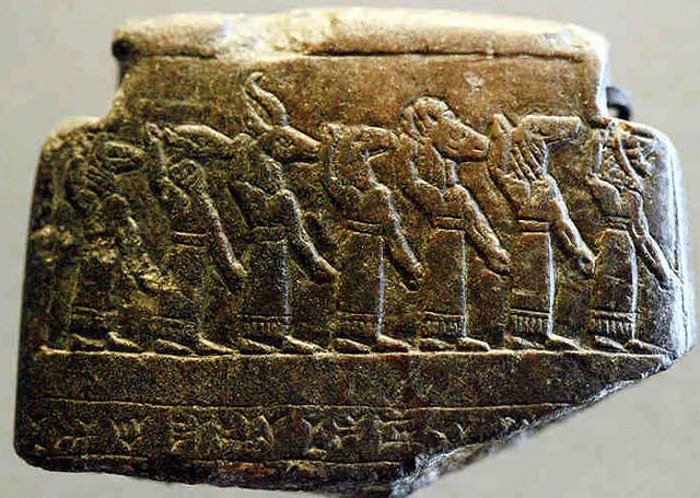
Protection plaque against Lamashtu (fragment). Dimensions: 6.40 cm high, 8.40 cm wide, 1.20 cm deep. Photo credits: Rama - CC BY-SA 2.0 fr - Louvre Museum
The patient is seen in the third register, lying on a bed surrounded by two figures dressed in fish skins. These figures could be the spirits associated with Ea, the god of the depths and wisdom. They are probably the priestly exorcists conducting the ritual with the help of three animal-headed spirits.
Driving Out Evil Spirits
Lamashtu, sitting on a donkey in a boat is depicted in the lower register. The evil Lamashtu is twice as big as all the other characters. She is presented as physically fearsome, with a hairy body, lion's head, and talons.
She is holding and suckling two lion cubs and snakes. From an inscription, we learn that she is "furious and cruel, a dazzling goddess. As a she-wolf; she snatches the young man on the path, the girl at play, the child from his nurse's arms." Clearly, she is responsible for evil deeds.
The boat is sailing along a river full of fish, symbolizing the world of Apsu (Abzu) - the underworld home to demons. Do all the gifts depicted on the artifact encourage Lamashtu to set off on her journey back to the underworld? Pazuzu is standing behind Lamashtu and is as fearsome as his wife.
He is present there to protect the patient by urging his wife to retreat. This ancient belief was very strong and widespread in the 1st millennium in Mesopotamia. Ancient Mesopotamians feared Lamashtu and searched for different means to protect themselves from this dangerous female demon and her evil doings.
The uppermost part of the plaque displays the different gods involved in the healing process: the sun of Shamash, the crescent moon of Sin, the lightning bolt of Adad, and the winged disc of Ashur.
Close-up of plaque' s top register. Pazuzu holding the protection plaque against Lamashtu. Photo credits: Rama - CC BY-SA 2.0 fr - Louvre Museum
In the second register, seven animal-headed spirits guard the door to a bed-chamber, and in the third, the patient is depicted lying on a bed, flanked by two priests, who are aided by three animal spirits associated with Ea god (or Enki), the Sumerian god of water, knowledge, mischief, crafts, and creation.
Overlooking the plaque is Lamashtu's husband, the demon Pazuzu, the only one who could persuade her to go away. It's worth mentioning that 'Lamashtu Plaque' was originally thought to have represented the Babylonian goddess Eresh-kigal and her journey through the underworld.
The lion-headed figure at the top was believed to be the Babylonian god Nergal, ("Great Watcher") and Ereshkigal's husband.
In Mesopotamian mythology, the goddess Ereshkigal, "Queen of the Great Earth," ruled the underworld. She was also called Irkalla and the only one who could pass judgment and give laws in her kingdom.
Was the female demon Lamashtu the goddess Ereshkigal?
Based on Mesopotamian mythology, Lamashtu was the daughter of the sky god Anu. There is also a Semitic list of seven called Kamu or captive demons: Lamashtu, Labasu, Akbazu, Lilu, Lilitu, Ardat, Lili, and Mukil.
Was Lamashtu punished for misbehaving by the supreme gods and expelled from the Earth to underground realms where she was forced to stay indefinitely?
Written by – A. Sutherland AncientPages.com Staff Writer
Updated on March 14, 2023
Copyright © AncientPages.com All rights reserved. This material may not be published, broadcast, rewritten or redistributed in whole or part without the express written permission of AncientPages.com
Expand for referencesReferences:
Leick, Gwendolyn, Mesopotamia
More From Ancient Pages
-
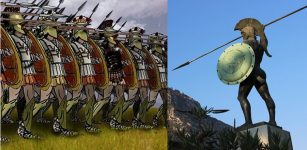 Sparta And Legendary King Leonidas: The Heroes Of Thermopylae
Featured Stories | Jul 18, 2018
Sparta And Legendary King Leonidas: The Heroes Of Thermopylae
Featured Stories | Jul 18, 2018 -
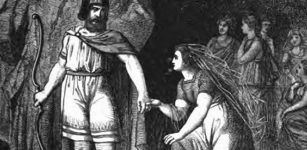 Freya And Her Lovely Husband Odr, God Of Summer Sun And Passion In Norse Mythology
Featured Stories | Dec 3, 2018
Freya And Her Lovely Husband Odr, God Of Summer Sun And Passion In Norse Mythology
Featured Stories | Dec 3, 2018 -
 Evidence Ancient Civilizations Had Knowledge About Planets In Our Solar System Thousand Years Ago
Featured Stories | Mar 10, 2021
Evidence Ancient Civilizations Had Knowledge About Planets In Our Solar System Thousand Years Ago
Featured Stories | Mar 10, 2021 -
 On This Day In History: Jukebox Installed For The First Time In San Francisco – On Nov 23, 1889
News | Nov 23, 2016
On This Day In History: Jukebox Installed For The First Time In San Francisco – On Nov 23, 1889
News | Nov 23, 2016 -
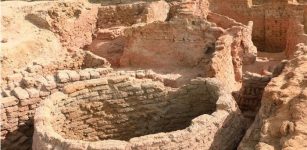 Administrative Centre Dated To 2181–2055 BC Unearthed In Kom Ombo, Upper Egypt
Archaeology | Mar 4, 2022
Administrative Centre Dated To 2181–2055 BC Unearthed In Kom Ombo, Upper Egypt
Archaeology | Mar 4, 2022 -
 Pax Mongolica: Time Of Peace And Stability That Helped To Spread Technologies And Inventions
Ancient History Facts | Mar 28, 2016
Pax Mongolica: Time Of Peace And Stability That Helped To Spread Technologies And Inventions
Ancient History Facts | Mar 28, 2016 -
 LIDAR Discovers Lost Ancient Cities Older Than Any Known Complex Amazonian Society
Archaeology | Jan 12, 2024
LIDAR Discovers Lost Ancient Cities Older Than Any Known Complex Amazonian Society
Archaeology | Jan 12, 2024 -
 Amazing Restoration Of Ancient Roman Vineyard Buried Underneath The Ash Of Mount Vesuvius For 2,000 Years
Archaeology | Nov 27, 2020
Amazing Restoration Of Ancient Roman Vineyard Buried Underneath The Ash Of Mount Vesuvius For 2,000 Years
Archaeology | Nov 27, 2020 -
 Long-Lost Anglo-Saxon Monastery Ruled By Queen Cynethryth Of Mercia Discovered By Archaeologists
Archaeology | Aug 19, 2021
Long-Lost Anglo-Saxon Monastery Ruled By Queen Cynethryth Of Mercia Discovered By Archaeologists
Archaeology | Aug 19, 2021 -
 Historic Shipwreck Mentor Reveals Its Underwater Secrets
Archaeology | May 14, 2022
Historic Shipwreck Mentor Reveals Its Underwater Secrets
Archaeology | May 14, 2022 -
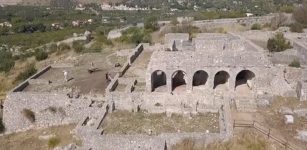 Was Beautiful Ancient City Of Terracina Home To The First Hellenistic Temple?
Archaeology | Dec 16, 2019
Was Beautiful Ancient City Of Terracina Home To The First Hellenistic Temple?
Archaeology | Dec 16, 2019 -
 Ancient Village Of Zalipie Where Flowers Are Painted On All Houses
Ancient Traditions And Customs | May 29, 2019
Ancient Village Of Zalipie Where Flowers Are Painted On All Houses
Ancient Traditions And Customs | May 29, 2019 -
 Piecing Together Scotland’s Religious Past With Shards Of Glass
Archaeology | Feb 28, 2023
Piecing Together Scotland’s Religious Past With Shards Of Glass
Archaeology | Feb 28, 2023 -
 On This Day In History: Mary Queen Of Scots Born – On December 8, 1542
News | Dec 8, 2016
On This Day In History: Mary Queen Of Scots Born – On December 8, 1542
News | Dec 8, 2016 -
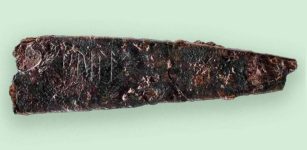 2,000-Year-Old Knife With Denmark’s Oldest Runes Found On Funen
Artifacts | Jan 22, 2024
2,000-Year-Old Knife With Denmark’s Oldest Runes Found On Funen
Artifacts | Jan 22, 2024 -
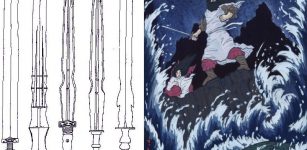 Sacred Regalia Of Japanese Emperor: Sword, Mirror And Jewel In Ancient Japanese Tradition
Artifacts | Sep 2, 2017
Sacred Regalia Of Japanese Emperor: Sword, Mirror And Jewel In Ancient Japanese Tradition
Artifacts | Sep 2, 2017 -
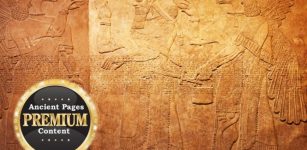 Mysterious Sumerian Star Tablet And Strange Divine Omens – Communication With The Gods – Part 2
Featured Stories | Feb 18, 2021
Mysterious Sumerian Star Tablet And Strange Divine Omens – Communication With The Gods – Part 2
Featured Stories | Feb 18, 2021 -
 Long-Lost Viking Waterway Leading To Orkney, The Great Norse Empire – Discovered
Archaeology | Aug 5, 2020
Long-Lost Viking Waterway Leading To Orkney, The Great Norse Empire – Discovered
Archaeology | Aug 5, 2020 -
 Has A New Study Of 5,000-Year-Old DNA Solved The Mystery Of The Tarim Basin Mummies?
Civilizations | Mar 31, 2022
Has A New Study Of 5,000-Year-Old DNA Solved The Mystery Of The Tarim Basin Mummies?
Civilizations | Mar 31, 2022 -
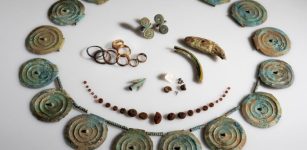 Extraordinary Bronze Age Jewelry Hoard Discovered In A Carrot Field In Switzerland
Archaeology | Oct 18, 2023
Extraordinary Bronze Age Jewelry Hoard Discovered In A Carrot Field In Switzerland
Archaeology | Oct 18, 2023

